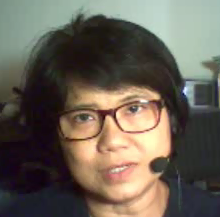Dear BJ
It’s good to hear from you. I hope you can indeed make it to next summer’s Distance Learning Conference; it promises to be an exciting few days for all. I sincerely hope to see you there.
General Ideas
You stated you are looking at providing a three-week period of instruction for an online Business Communications Workshop. We suggest each level of communication be addressed in a separate week. The first week could include an ice-breaker exercise and the basic dos and don’ts and the Interpersonal Communication Process. The ice-breaker will get the groups talking to one another. The interpersonal process focuses on one-on-one conversations as well as small group behaviors. In the second week, you can address the Organizational Communication Process that focuses on large group dynamics. In the third week the External Communication Process can be addressed which would include vendors, outside contractors, and other companies you may deal with. These week long sessions would build upon each other and offer the student a sense of satisfaction as they begin with the basics and move towards their final goals and objectives, that of communicating in a group and with those outside your organization. We suggest that conflict resolution also be offered as so often what we say or mean is misinterpreted. You might ask Bill Amos what he thinks about adding conflict resolution to this course. Or, you may want to consider it as another course to offer.
- Preparation
- Activities Ideas and Concepts
Week 1 Activity
Week 2 Activity
Week 3 Activity - Guidance for Facilitator
- Instructions for Learners
- Other Resources
I wish you success in your endeavor BJ. If you’d like further guidance, please let me know. It’s been a pleasure for our group here at
Sincerely,

